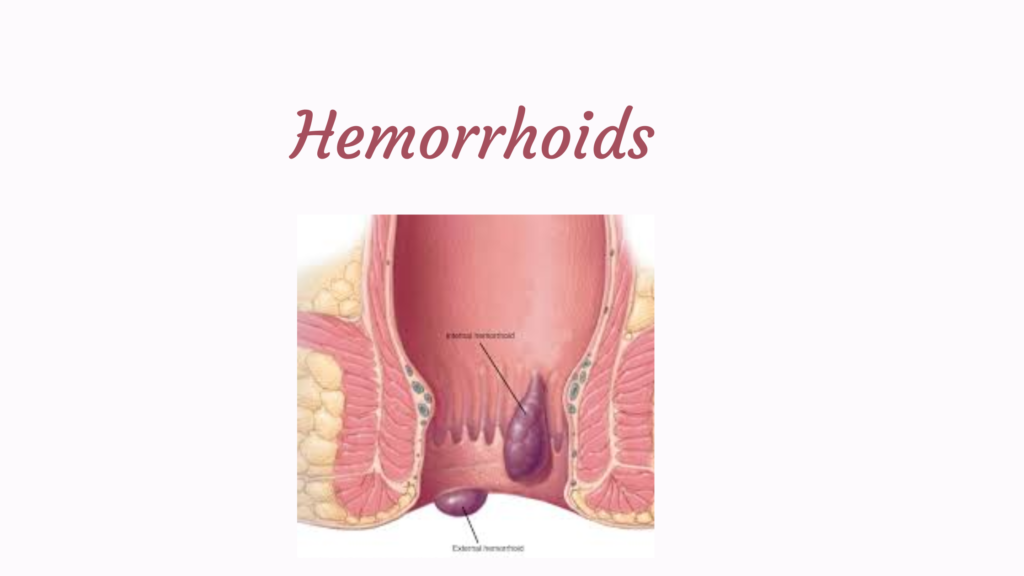Hemorrhoids are swollen veins in the lower rectum or anus, similar to varicose veins. They are common , especially in adults over 50, and are usually caused by increased pressure in the rectal veins from straining during bowel movements, prolonged sitting, constipation, or pregnancy.
📚 Types of Hemorrhoids Type Location Common Symptoms Internal Inside the rectum Painless bleeding, prolapse External Under the skin near the anus Pain, swelling, itching Thrombosed External with blood clot Sudden, severe pain, hard lump
😖 Symptoms Bright red blood on toilet paper or in stool Itching or irritation in the anal region Pain or discomfort, especially when sitting Swelling or a lump near the anus Mucus discharge (with prolapsed internal hemorrhoids) 🩺 Causes & Risk Factors Straining during bowel movements Chronic constipation or diarrhea Prolonged sitting (especially on the toilet) Low-fiber diet Obesity Pregnancy Aging (weakened connective tissue) 📊 Grading of Internal Hemorrhoids Grade Description I No prolapse; may bleed II Prolapses with straining; reduces spontaneously III Prolapses; requires manual reduction IV Irreducible prolapse
💊 Treatment 🔹 Conservative Measures (First-line for mild cases): High-fiber diet : fruits, vegetables, whole grainsIncreased fluid intake Stool softeners (e.g. docusate)Sitz baths : warm water soak several times dailyTopical creams : hydrocortisone, lidocaine, witch hazel🔹 Minimally Invasive Procedures (for persistent symptoms): Rubber band ligation (most common)Infrared coagulation Sclerotherapy 🔹 Surgery (for severe or refractory cases): Hemorrhoidectomy (most effective, most painful)Stapled hemorrhoidopexy (less painful, quicker recovery)🚫 When to See a Doctor Significant rectal bleeding Severe pain or swelling Persistent symptoms despite home treatment Suspected thrombosed hemorrhoid ✅ Prevention Tips Don’t strain during bowel movements Use the bathroom as soon as you feel the urge Avoid sitting too long on the toilet Stay physically active Maintain a healthy weight
